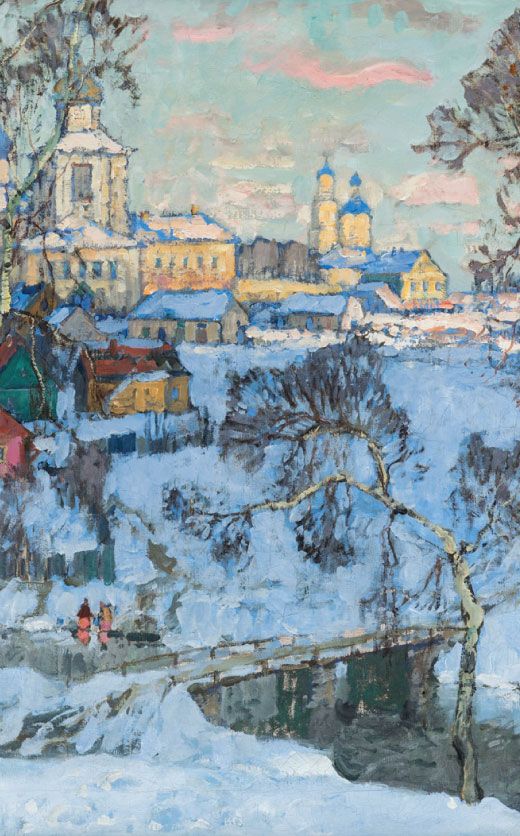Massive PNG Tami Island Wood Feast Bowl w/ Balum Spirit
Lot 4
About Seller
Artemis Fine Arts
686 S Taylor Ave, Ste 106
Louisville, CO 80027
United States
Selling antiquities, ancient and ethnographic art online since 1993, Artemis Gallery specializes in Classical Antiquities (Egyptian, Greek, Roman, Near Eastern), Asian, Pre-Columbian, African / Tribal / Oceanographic art. Our extensive inventory includes pottery, stone, metal, wood, glass and textil...Read more
Categories
Estimate:
$2,500 - $4,500
Absentee vs Live bid
Two ways to bid:
- Leave a max absentee bid and the platform will bid on your behalf up to your maximum bid during the live auction.
- Bid live during the auction and your bids will be submitted real-time to the auctioneer.
Bid Increments
| Price | Bid Increment |
|---|---|
| $0 | $25 |
| $300 | $50 |
| $1,000 | $100 |
| $2,000 | $250 |
| $5,000 | $500 |
| $10,000 | $1,000 |
| $20,000 | $2,500 |
| $50,000 | $5,000 |
| $100,000 | $10,000 |
| $200,000 | $20,000 |
About Auction
By Artemis Fine Arts
Aug 22, 2025
Set Reminder
2025-08-22 10:00:00
2025-08-22 10:00:00
America/New_York
Bidsquare
Bidsquare : Indigenous Art - Ralph T. Coe Center, Santa Fe, NM
https://www.bidsquare.com/auctions/artemis-gallery/indigenous-art---ralph-t-coe-center-santa-fe-nm-20324
Featuring works of art from the Ralph T. Coe Center for the Arts in Santa Fe, New Mexico, a non-profit focused on promoting Indigenous Arts globally. All proceeds from the sale of these items will support future grants to Rehoming Program participants. Artemis Fine Arts info@artemisfinearts.com
Featuring works of art from the Ralph T. Coe Center for the Arts in Santa Fe, New Mexico, a non-profit focused on promoting Indigenous Arts globally. All proceeds from the sale of these items will support future grants to Rehoming Program participants. Artemis Fine Arts info@artemisfinearts.com
- Lot Description
Oceania, eastern Papua New Guinea, Tami or Umboi (Siassi) Islands, ca. 19th to early 20th century CE. A massive feasting bowl, boat-shaped and carved from a single piece of dense kwila wood, hand-hollowed and adorned with incised, lime-filled motifs. Anthropomorphic faces symbolizing balum spirits appear at each end, while abstract crocodilian or reptilian forms frame the rim and handle zones - designs closely tied to clan identity. Once a key center of regional trade, the Tami Islands produced these bowls for exchange with neighboring communities. By the early 20th century, this tradition declined due to colonial disruption and the migration of skilled Tami navigators. The neighboring Siassi Islanders continued the practice, replicating Tami forms, though often for export. While these bowls once served as heirlooms or bride price, their central role was in communal feasting, used to serve traditional dishes like yams and porong. Size: 39" L x 18" W x 10" H (99.1 cm x 45.7 cm x 25.4 cm)
Provenance: Ralph T. Coe Center for the Arts, Santa Fe, New Mexico, USA; Gift of Jonathan and Linda Batkin, November 2020; ex-World Museum, Tulsa, Oklahoma, USA.
All items legal to buy/sell under U.S. Statute covering cultural patrimony Code 2600, CHAPTER 14, and are guaranteed to be as described or your money back.
A Certificate of Authenticity will accompany all winning bids.
We ship worldwide and handle all shipping in-house for your convenience.
#195894Old inventory number on the interior basin. Some abrasions and scratches, but otherwise intact and excellent. Some losses to lime in the recessed areas and nice patina.Condition
- Shipping Info
-
All shipping is handled in-house for your convenience. Your invoice from Artemis Fine Arts will include shipping calculation instructions. If in doubt, please ask before bidding for estimated shipping costs for individual items.
-
- Buyer's Premium



 EUR
EUR CAD
CAD AUD
AUD GBP
GBP MXN
MXN HKD
HKD CNY
CNY MYR
MYR SEK
SEK SGD
SGD CHF
CHF THB
THB















